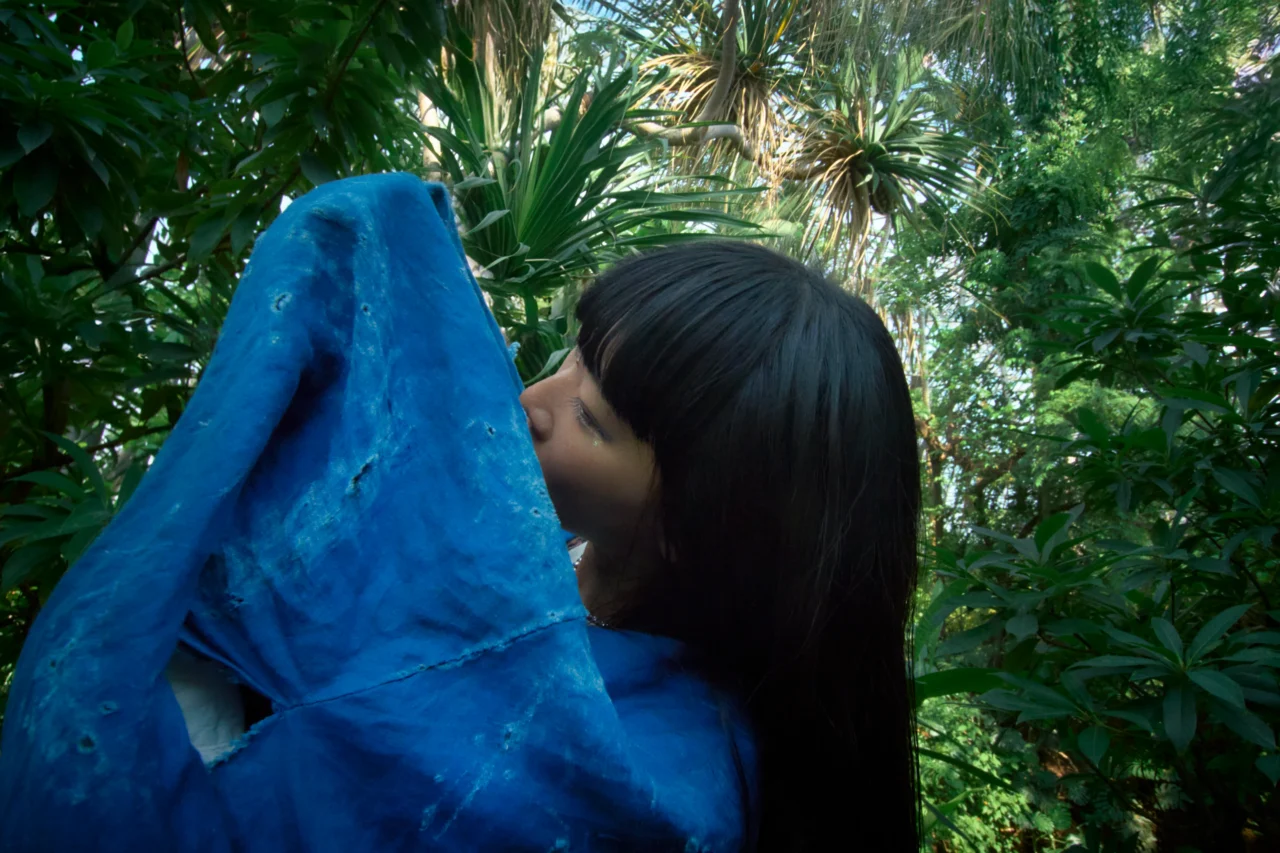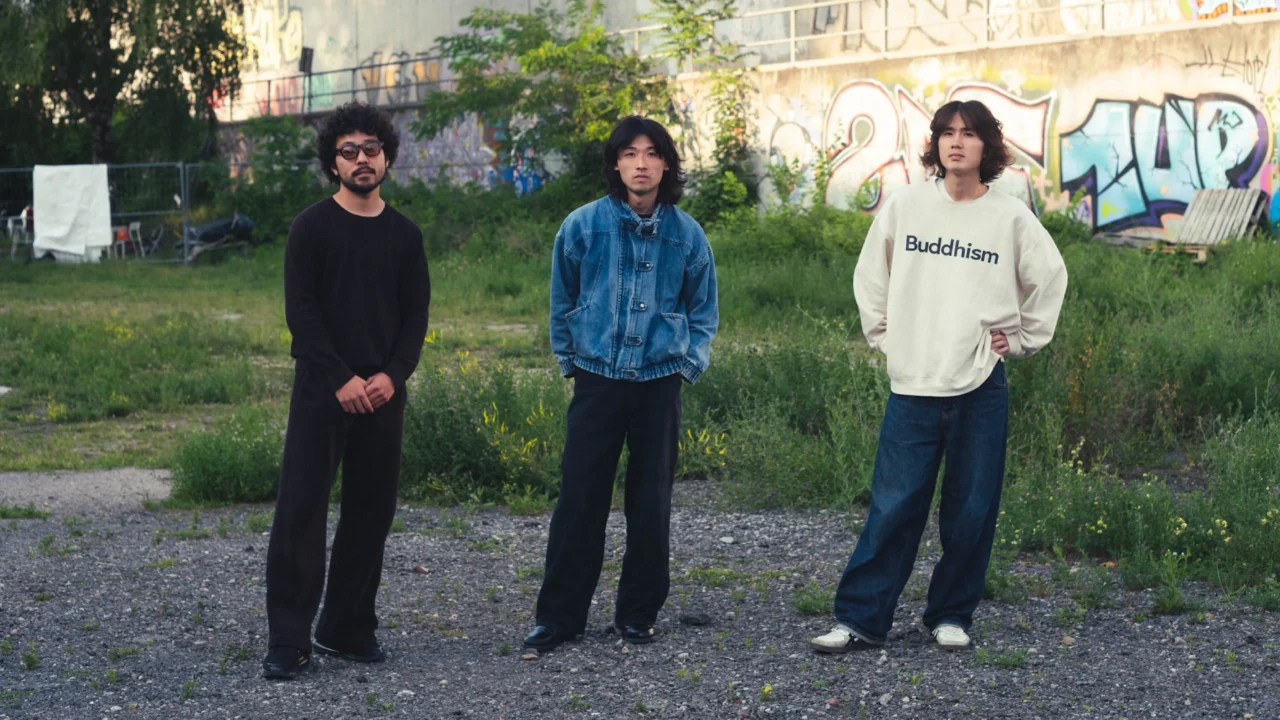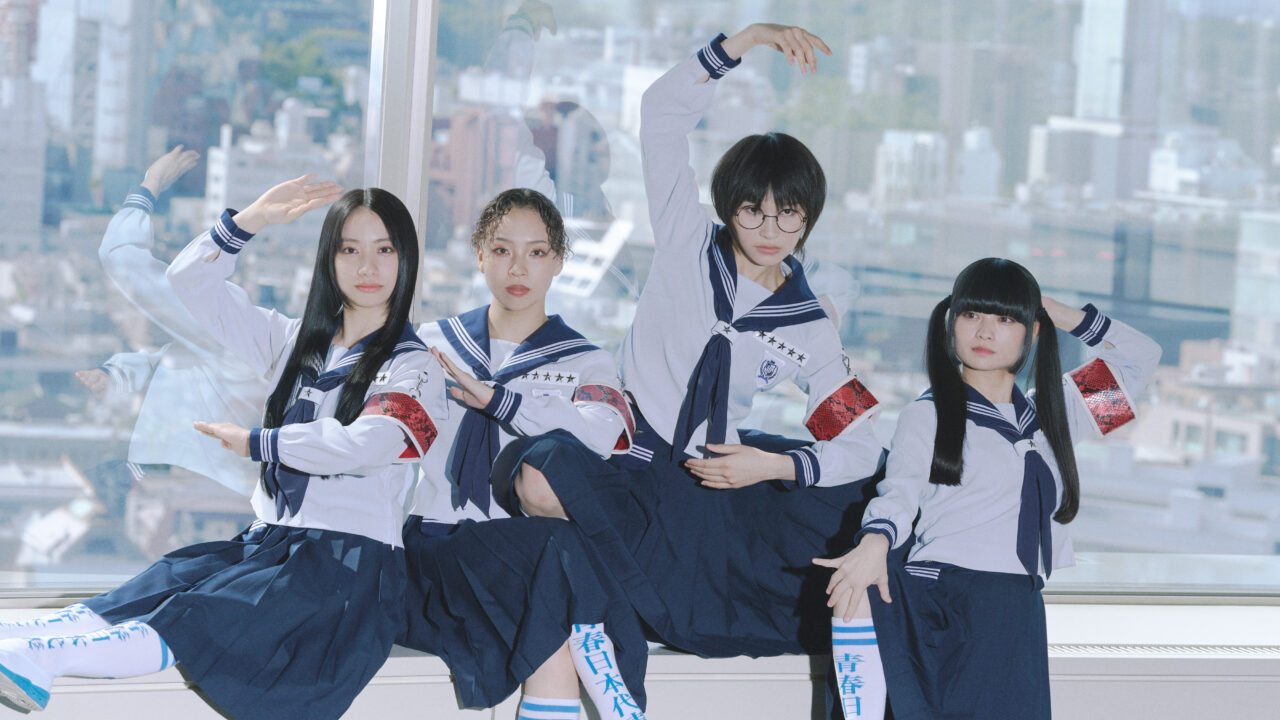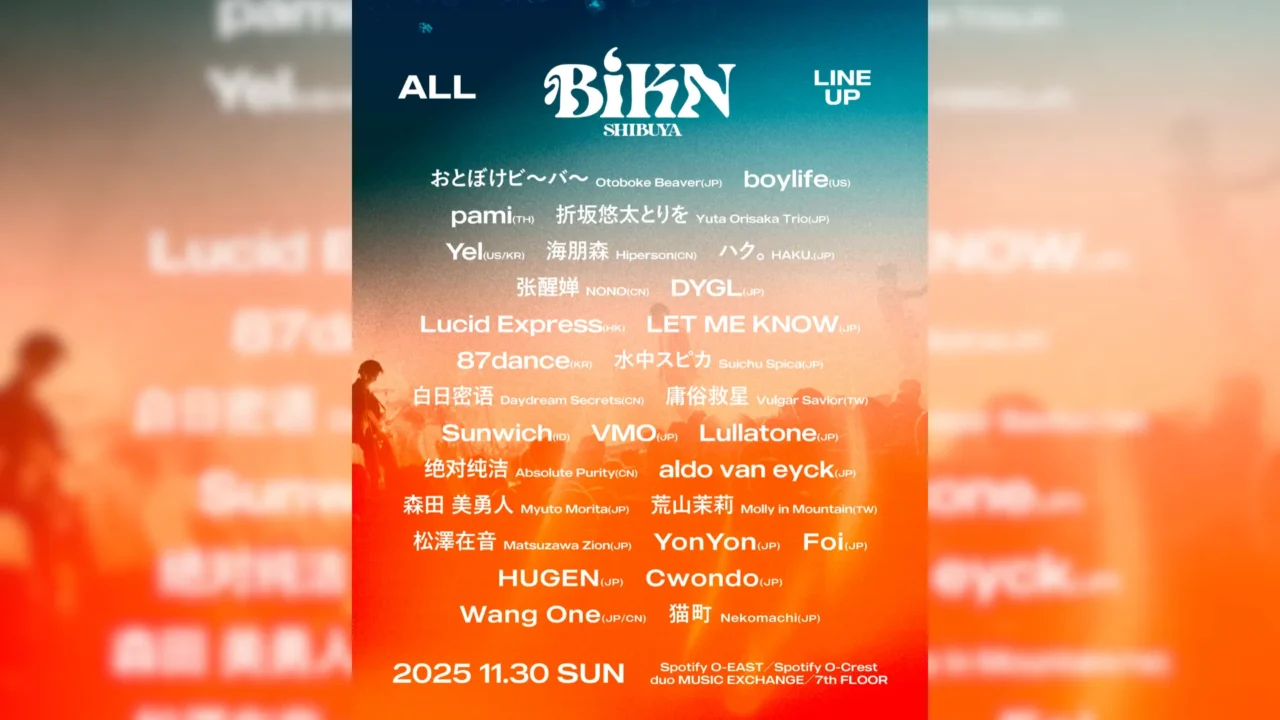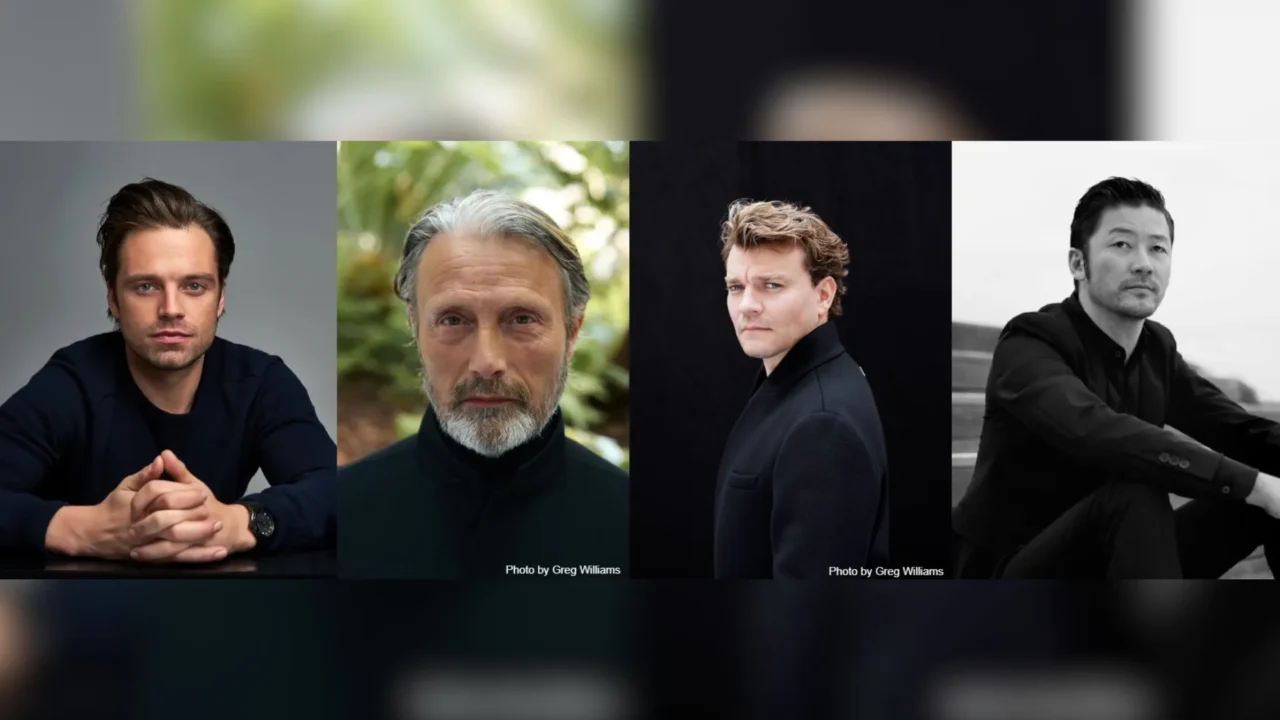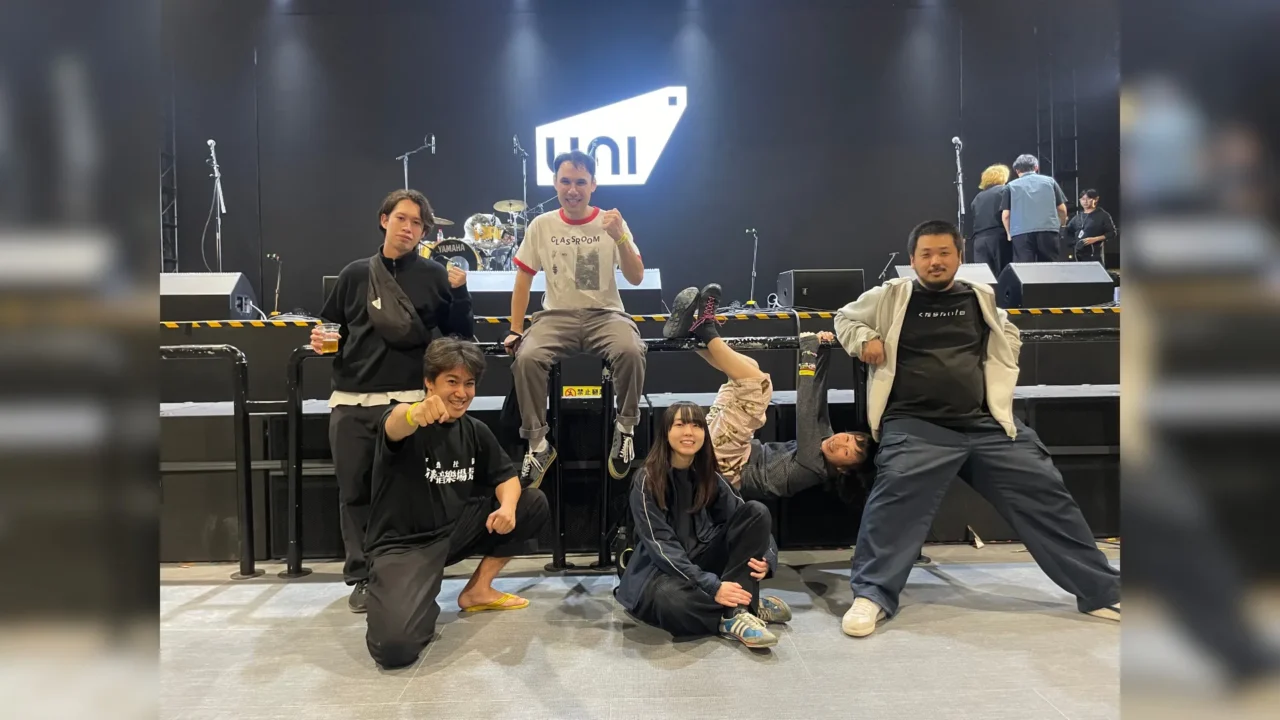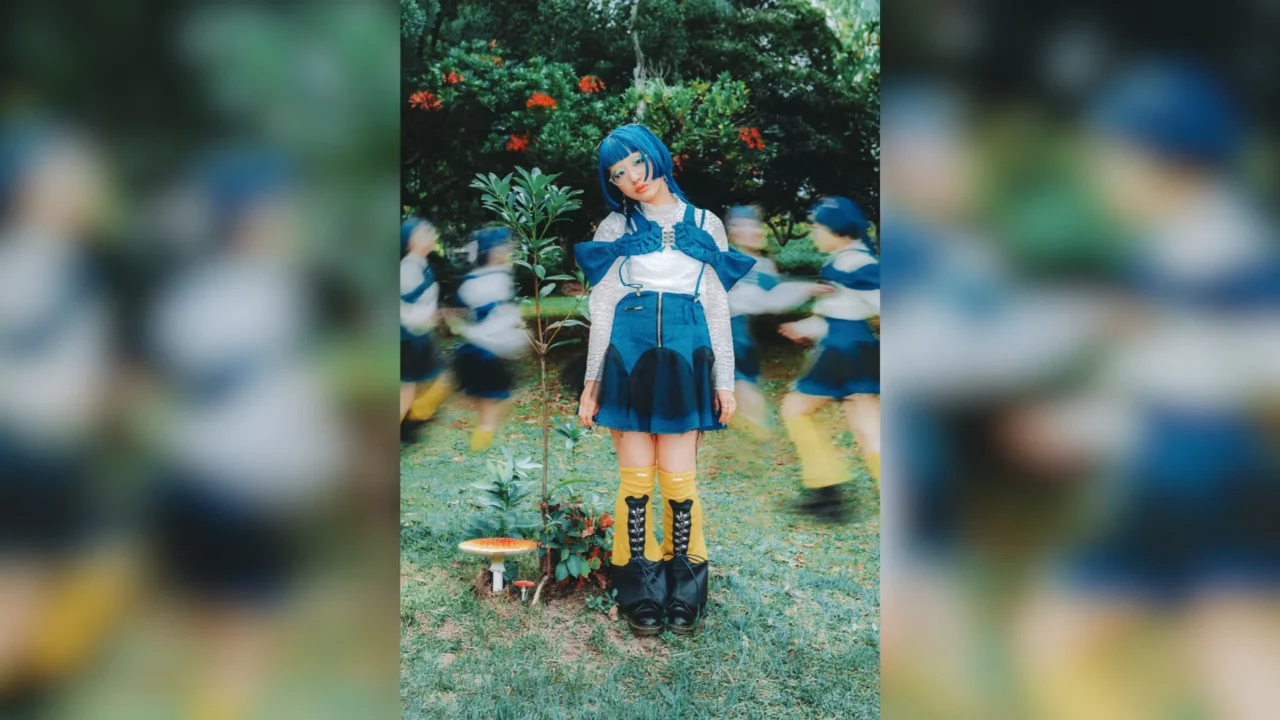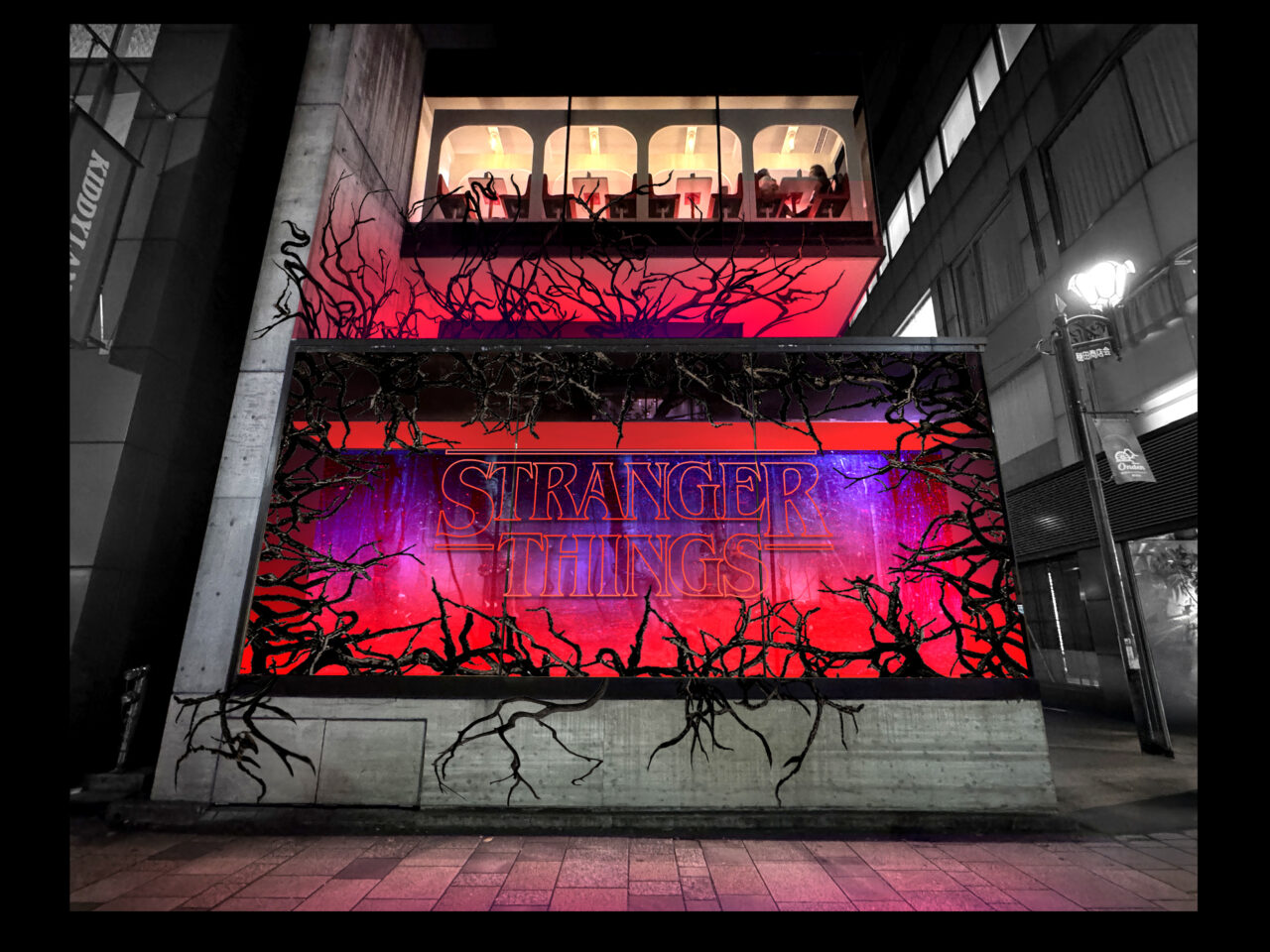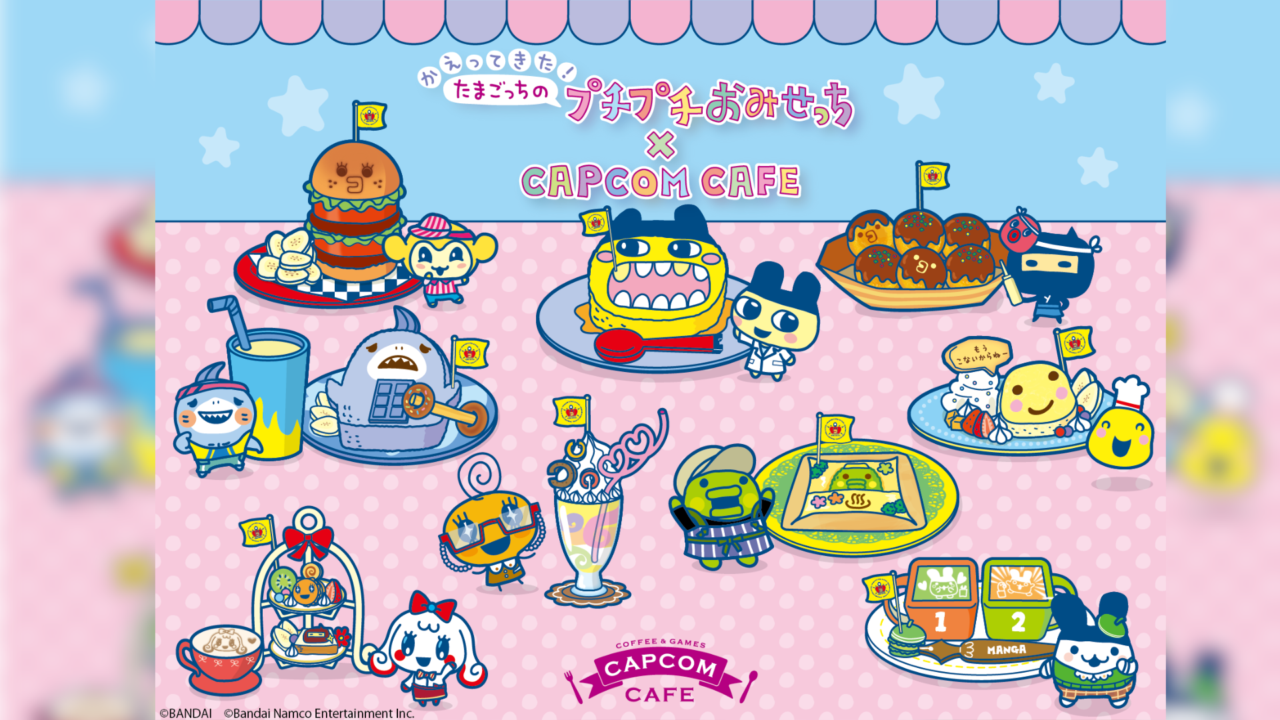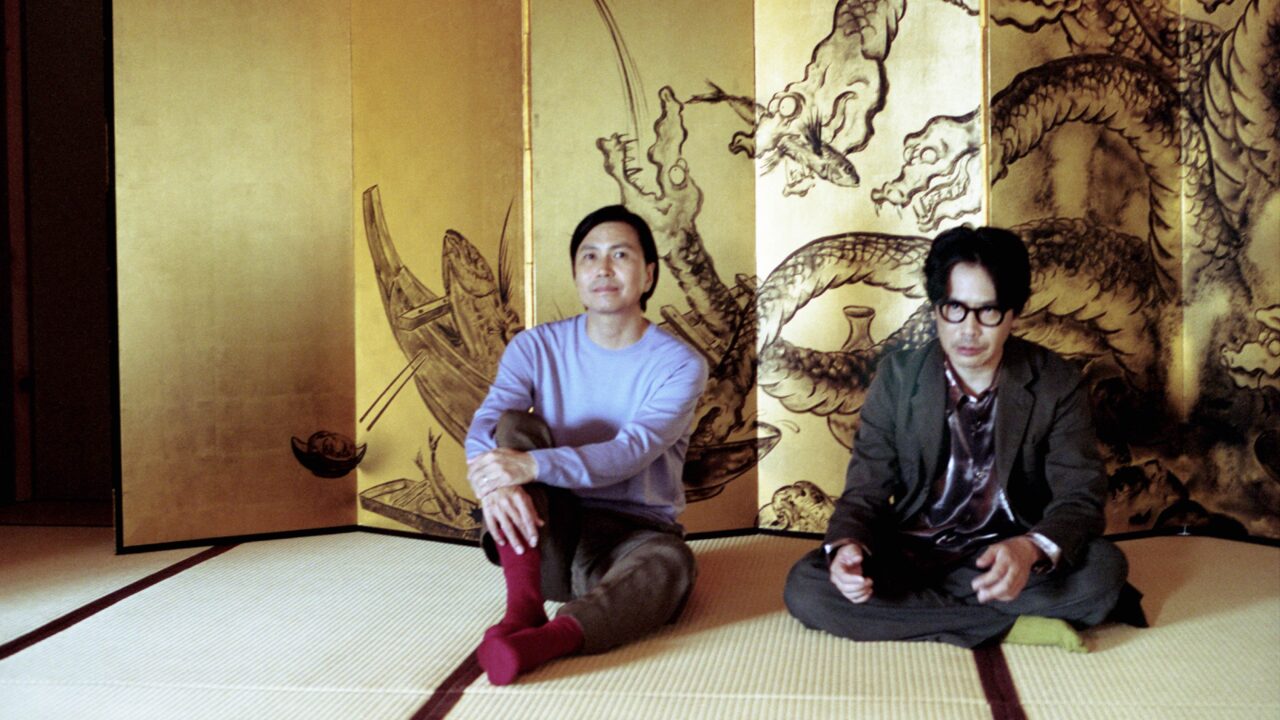A circle of friends connected by goo-touching! The “FIST BUMP” corner of the radio program “GRAND MARQUEE” features people who live and enjoy Tokyo in a relay format.
On January 9, we will be joined by Takahiro Otsuji, a photographer. We asked him about how he became a photographer, his mentor’s words that he has cherished since he was an assistant, and the web magazine he started last year.
INDEX
What inspired me to become a photographer is the sense of craftsmanship of an photographer.
Celeina (MC): Today, we welcome photographer Takahiro Otsuji for the program recommendation. Mr. Otsuji has been in charge of photographing many actors, including the photo book of Riho Yoshioka, a navigator on J-WAVE. When did you first fall in love with photography?
Otsuji: I have loved photography itself since I was in elementary school or junior high school. When I was in junior high school, instant cameras such as Utsurundesu became popular and I started taking pictures with them.
Celeina: What kind of things did you take pictures of back then?
Otsuji: My friends and girls I liked. If I took pictures of them, I could make those pictures my own. It’s a weird idea (haha).
Takano (MC): So you had that kind of ulterior motive (haha). What was it that led you to become a photographer?
Otsuji: When I was just a university student, there were some very famous photographers who had won the “Kimura Ihei Photography Award,” such as Mika Ninagawa, HIROMIX, and Yurie Nagashima. These people were like celebrities in my mind, and I never thought I could become a photographer like them. So, after graduating from college, I went to work as a regular employee.
The company I got a job at was like an agency, and involved going to photo shoot locations. One day, I saw a photographer at a photo shoot, and I felt a great sense of craftsmanship. I used to think that photographers were all starlets, like celebrities, but when I saw this craftsman-like photographer, I felt that maybe I could aspire to be a photographer, and when I was around 23 years old, I began to think about becoming a photographer. I quit my job, went to school to become a photographer, and from there things went rather smoothly, and I became a photographer after working as an assistant.
Takano: Yes, photographers are very cool, aren’t they?
Celeina: I understand. They seem stoic.
Otsuji: When I was an assistant, I used to look at the back of my photographer mentor and think, “How cool!”.
INDEX
My mentor taught me, “People who are out in the open are there for a reason”.
Celeina:I have a question I have been wanting to ask you about the relationship between a master and his assistant. Is there a strict hierarchical relationship in the world of photographers?
Otsuji: It depends on each person and the time period, but my mentor was like a Buddha, and he was cool too. He introduced me to various staff members and took me out for drinks every night. Of course it was hard work, but I never felt that it was a hardship. At the time, I spent my time thinking that I wanted to be a photographer like my mentor.
Takano: What were your mentor’s words that made an impression on you at the time?
Otsuji: When I first became an assistant, I went to the site of a famous actress. After the shoot, my mentor asked me, “How was the shoot? I said, “It was very beautiful,” to which he replied, “That’s not what I meant. People who are out in the public eye are there for a reason, so it would be a shame to waste it when you are so close to her that you can sense why she is here, even if just a little. I am still thinking about what he said to me.
Takano: Those are very important words.
Otsuji: I still cherish those words, and I never forget to respect the people I meet.
Takano: When I look at your work, I get the impression that you often photograph people.
Otsuji: I guess it depends on the photographer, but the basic premise is that I like people, so I like to photograph people. Of course, I also like landscapes and objects, but people are not only what they look like, but also what they are on the inside, so I enjoy capturing expressions and actions that only I can capture. Perhaps apples also have facial expressions and an inner life, but for me, the most important thing is that I feel that part of them in the people I photograph.
Takano: The photos you take also change depending on the communication on site, don’t they?
Otsuji: There is also communication, and when shooting on location, the weather can have an impact, such as rain and wind. Also, the expressions on the subjects’ faces change a lot depending on their physical condition. There is also the photographer’s chemistry with the subject, which I find very interesting.
Celeina: So you are trying to capture the moment.
Otsuji: Yes, that’s right. That’s why I always go to a photo shoot thinking about what kind of photos only I can take.



